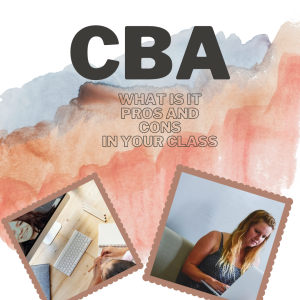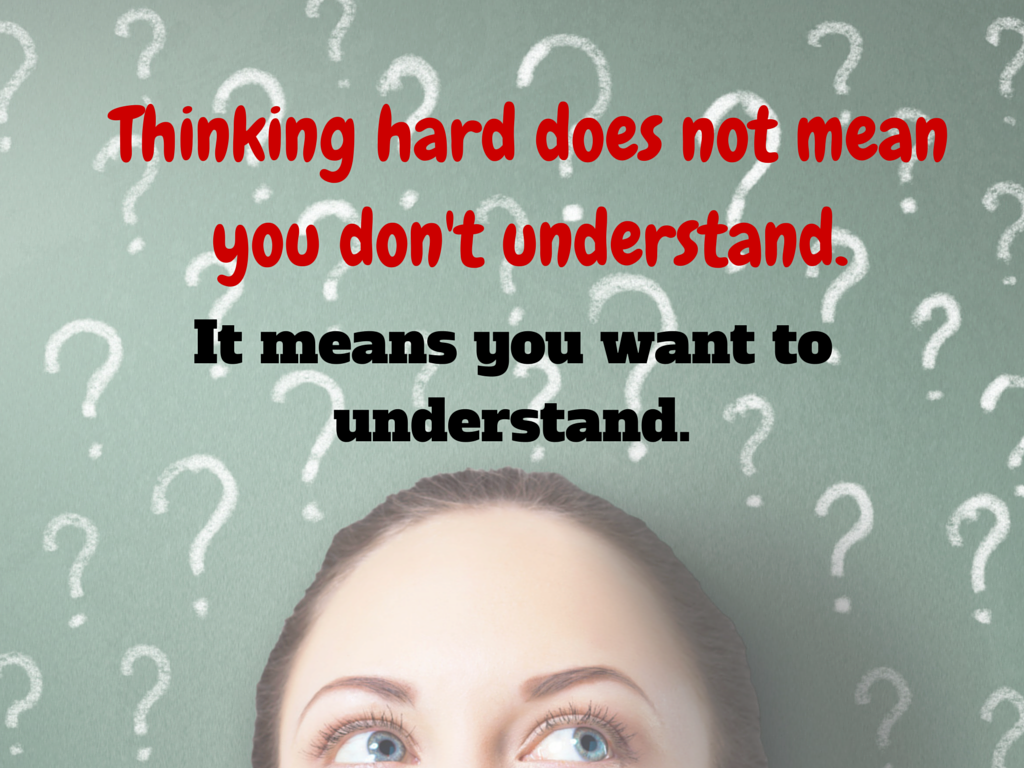 Curriculum-Based Assessment (CBA), often equated with Curriculum-Based Measurement (CBM), is any form of assessment that measures progress toward fulfillment of a stated curriculum. More succinctly:
Curriculum-Based Assessment (CBA), often equated with Curriculum-Based Measurement (CBM), is any form of assessment that measures progress toward fulfillment of a stated curriculum. More succinctly:
“…repeated, direct assessment of targeted skills in basic areas using materials taken directly from the teaching curriculum”
While CBA is assessment based on the curriculum, it isn’t chapter tests from a text. The latter measures student achievement of a particular set of lesson knowledge while the former measures student achievement of the broader class goals. CBAs are useful not only to measure student learning within a unit but over time toward larger goals.
How does it work
There is no setup required to start using CBA — no website signup or software download. What you will have to do — and may already do — is identify the criterion you are committed to accomplishing with students. These will be beyond what is required of the State or National standards and may or may not align perfectly with the textbooks you use. They are developed by you, likely in conjunction with grade-level teammates and your school administration. They help you identify your goals and the resources required to achieve them and then measure progress toward their completion.
Once these are in place, you devise the assessments — formative and summative — that will provide the evidence of achievement. This is done exactly as you would normally develop assessments during a unit of inquiry to evaluate progress and — at the end of the unit — to evaluate success with one big difference: Curriculum based assessments evaluate progress toward broad learning goals rather than textbook chapters or lesson plans.
You continue to teach classes as you normally would, with lesson plans, projects, and resources aimed to teach critical standards laid out by the school, the State, or the nation. These may be augmented with a scope of criterion — sometimes replaced with a Scope and Sequence or Curriculum Map — to be used as references in measuring learning. Here you will carefully identify the criterion CBA will use to provide and measure evidence of learning. These can be 1) measured against what is expected (called “benchmarks”), or 2) measured against prior assessments.
CBAs are typically designed by the educator but in some cases are available for download from the curriculum provider for free or fee.
Benefits
When used in conjunction with other evidence, CBA provides vital data to allow the education team to make decisions about a child’s learning. CBA are useful for both formative and summative assessments:
- Formative assessment: administer a quick two-five minute CBA during instruction to determine if students are learning as predicted and if changes are required to achieve the curricular goals
- Summative assessment: administer a longer CBA at the end of a unit of instruction to determine its overall effectiveness in meeting not just the unit goals but broad curriculum standards
CBA is designed to be diagnostic — provide information specific to each student’s performance and current needs. It is also idiosyncratic in that the information provided can be compared to the past performance of each student.
Teachers often have difficulty seeing much less documenting the progress made by a struggling student. This can cause the teacher to continue using a program or instructio
nal strategy that may not be working well which in turn can contribute to the student feeling discouraged and unmotivated. Because CBA can be administered often, and in just a few minutes, it will document these changes, based on what the teacher inputs, and provide the concrete evidence required for decision making. Required changes can be noticed before a bad strategy has continued too long.
One important benefit is broader in measure but may be the most useful of all to schools and districts. CBA provides evidence for data-based decision making that many schools require when applying for grants, to validate funding sources, determine direction, and/or measure success. Because it occurs formatively and summatively, the data is comprehensive, providing a wide-ranging picture of student growth. By providing data of a problem, it arms the teacher with clear evidence that a solution and/or intervention is or isn’t needed. This is useful not only for educators but for parents to see the academic picture of their child’s work.
Drawbacks

Like taking a child’s temperature isn’t enough to call him/her well or sick, so too is this sort of program. CBA does an exemplary job of identifying a problem but it doesn’t identify reasons except for those based on data. For example, if your student, Korella, is reading twenty wpm slower than the rest of her second-grade classmates, CBA can’t tell the teacher if that’s because she doesn’t like reading, finds the books boring, or has a physical issue that interferes with reading. What it will do is tell the teacher there is an issue so that the teacher can investigate solutions.
Classroom applications
At the heart of CBA is the change to a quantitative mindset rather than adopting the latest educational wonder tool. Here are some ways you’ll use it in your classroom:
- Students read a text passage for, say, a minute. You record the number of words read correctly and compare that data over time.
- Students write a short two-four minute piece. You record how much they produced in a minute, how many errors, and possible quantification of how they applied their writing knowledge. This data can be compared and contrasted over time.
- Use the data collected over time and apply it to decisions about the efficacy of your teaching, strategies used, and tools employed.
- Apply formative data throughout the school year to determine 1) progress toward unit goals, and 2) progress toward curricular goals.
- Use data collected as one piece in screening for challenged or gifted students, to identify those at risk of failing or boredom.
- Use the collected data as evidence in the creation or update of yearly goals, to validate that they are achievable and reasonable.
- Use the collected data to assist in group placement where appropriate.
CBA, while it doesn’t provide explanations of why or solutions, does help to identify issues and measure the success or failure of selected strategies. In conjunction with other strategic tools, it is an invaluable tool in ensuring student success.
***
More on standards-based grading
Measuring Up–the Key to Meeting State/National Standards
What is Standards-based Grading?
A new resource guide from Kiddom: Standards-based Grading for ELA and Social Studies
Jacqui Murray has been teaching K-18 technology for 30 years. She is the editor/author of over a hundred tech ed resources including a K-12 technology curriculum, K-8 keyboard curriculum, K-8 Digital Citizenship curriculum. She is an adjunct professor in tech ed, Master Teacher, webmaster for four blogs, an Amazon Vine Voice, CSTA presentation reviewer, freelance journalist on tech ed topics, contributor to NEA Today, and author of the tech thrillers, To Hunt a Sub and Twenty-four Days. You can find her resources at Structured Learning.




































